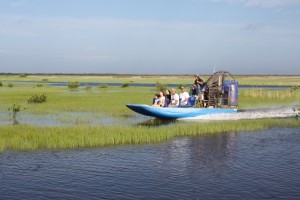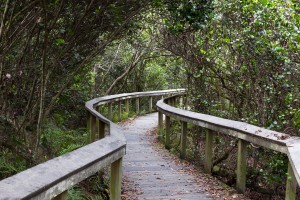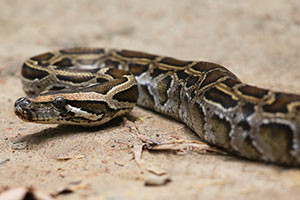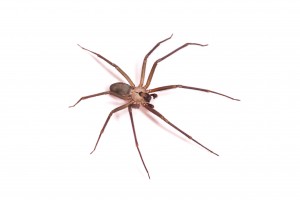 An airboat is an iconic site in the Everglades – being on one is an experience you’ll never forget. Airboats can glide along in shallow, marshy waters due to their flat-bottom design and their above-water propeller; they are also known as fan boats.
An airboat is an iconic site in the Everglades – being on one is an experience you’ll never forget. Airboats can glide along in shallow, marshy waters due to their flat-bottom design and their above-water propeller; they are also known as fan boats.
Years ago, airboats were the primary mode of transportation in the Everglades, but now they are used for recreational purposes.
In 1942, Barrel Head House built one of the first commercial airboats. After that, Everglades visitors enjoyed viewing the Park on these boats where they could see alligators, plants, birds, and other wildlife. Airboats are still one of the most popular tourist attractions in south Florida and the Everglades.
Below, we have detailed some parts that make up an airboat.
- Engine: Airboats have an aircraft or automotive V8 engine ranging from 500 to 600+ horsepower.
- Propeller: Airboats have an aircraft propeller operates out-of-water to power the airboat.
- Propeller cage: This sits inside a metal cage, which protects the boat and its inhabitants from injury from the propeller’s blades.
- Rudder panels: Steering an airboat relies heavily on rudder panels, which help direct air.
- Rudder stick: The rudder stick is located on the airboat driver’s left side; the rudder stick directs the boat through the swamp.
- Accelerator: The airboat captain uses the accelerator to pick up speed during airboat rides.
Explore the Everglades on a Private Airboat Tour
Captain Mitch’s Private Everglades airboat tours is based in Everglades City and is one of the oldest airboat tours in the Everglades. Captain Mitch’s Airboat Tours has been running safe, fun and family-friendly excursions throughout Everglades’ wilderness for decades.
To schedule an airboat trip when you’re visiting the Everglades, call Captain Mitch’s Airboat Tours at 239-695-3377 or visit the Everglades Airboat Tours page.
 The Everglades is a magical place to explore, but being that it’s the outdoors, it’s a good idea to stick to paths and trails. The Everglades National Park allows visitors to explore the area with many hiking and bike trails winding throughout the wetlands. People can also canoe, boat, and kayak through the Everglades’ waterways.
The Everglades is a magical place to explore, but being that it’s the outdoors, it’s a good idea to stick to paths and trails. The Everglades National Park allows visitors to explore the area with many hiking and bike trails winding throughout the wetlands. People can also canoe, boat, and kayak through the Everglades’ waterways. By now, you likely know that the Burmese Python is an invasive species to the Everglades, causing a lot of destruction. You’ve probably seen several articles of python hunters catching huge pythons and removing them from the Everglades, so they won’t breed or kill any more native wildlife. By reducing the number of pythons in the Everglades, hunters are helping bring a balance back to the ecosystem to the Everglades.
By now, you likely know that the Burmese Python is an invasive species to the Everglades, causing a lot of destruction. You’ve probably seen several articles of python hunters catching huge pythons and removing them from the Everglades, so they won’t breed or kill any more native wildlife. By reducing the number of pythons in the Everglades, hunters are helping bring a balance back to the ecosystem to the Everglades. What is creepy and crawly, has 8 legs and scares a lot of people? Spiders! For the most part, people either love or hate spiders. Spider love the Everglades. In fact, there are 20,000 spiders per acre of land in the Everglades… and the Everglades is 1.5 million acres of wetlands, so that’s A LOT of spiders. The spiders enjoy the warm climate. Some are easy to spot while other spiders are barely visible to the naked eye.
What is creepy and crawly, has 8 legs and scares a lot of people? Spiders! For the most part, people either love or hate spiders. Spider love the Everglades. In fact, there are 20,000 spiders per acre of land in the Everglades… and the Everglades is 1.5 million acres of wetlands, so that’s A LOT of spiders. The spiders enjoy the warm climate. Some are easy to spot while other spiders are barely visible to the naked eye.





